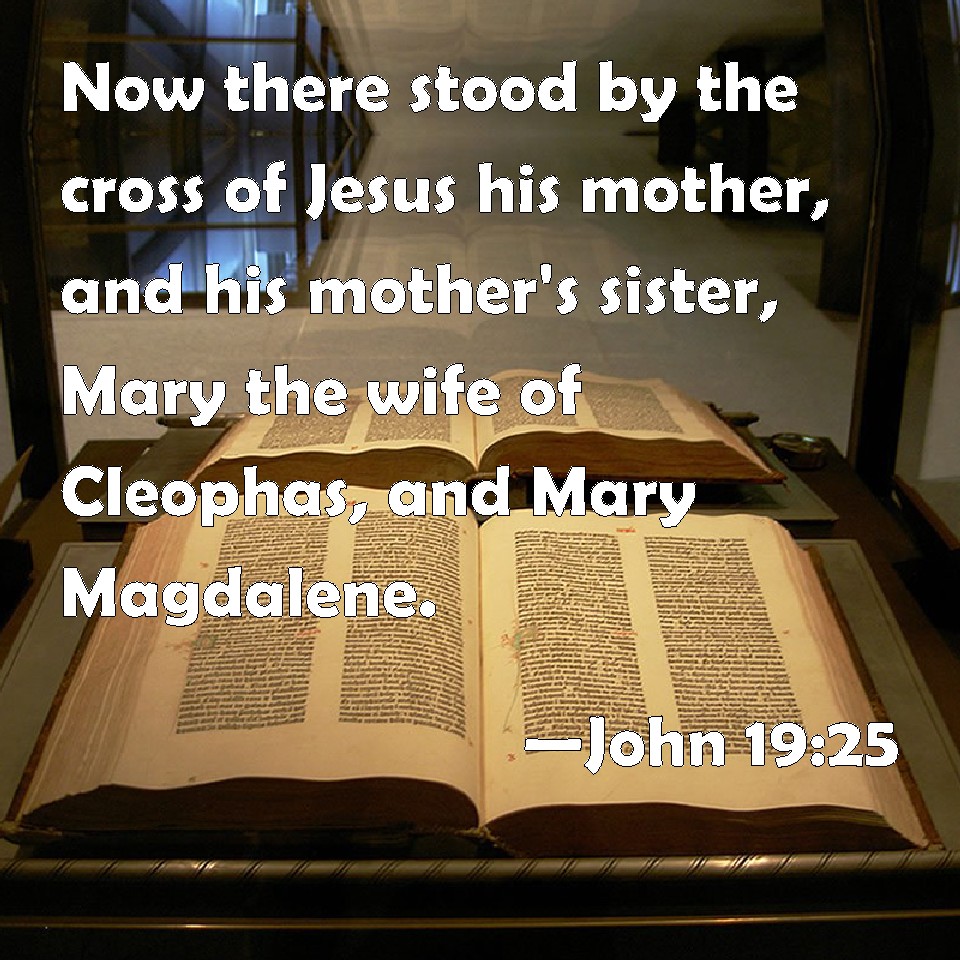Walking through Venice, one of the first things you will notice is the Lion of Saint Mark. It is everywhere: in the flags, on statues and decorations etc.

Believe us, it is not a simple votive decoration, it is much more! Here we explain its long tradition and interesting history.
Since the thirteenth century, the Lion of St. Mark represents the city of Venice. That’s why it easy to find this symbol in many other Italian and Mediterranean cities. Because at some point in their history, they became part of the Serenissima Republic (another name of the Republic of Venice).
According to the legend, an angel in the form of a winged lion would have addressed to the Saint, shipwrecked in the lagoons, the phrase: «Pax tibi Marce, meus evangelist. Hic requiescet corpus tuum.» (Peace to you, Marco, my evangelist. Here your body will rest).
In any case, St. Mark has always been represented in the form of a lion in the Christian tradition.
Moreover, the Lion of Saint Mark is an image which brings a strong symbolism.
 saint mark
saint mark
The lion symbolizes the strength of the Evangelist’s word, the wings the spiritual elevation, while the halo is the traditional Christian symbol of holiness.
Thus all the characters with which Venice loves to think and describe itself were symbolically present: majesty, power, wisdom, justice, peace, military strength and religious piety.
Over the centuries the Lion of St. Mark was represented in various ways. Traditionally, there are two main ways to depict the lion:
A lion with the open book and the phrase “Pax tibi Marce, meus evangelist” for times of peace.
A lion with the closed book and the sword held for times of war.
Venetians are so fond of their Lion that it is is still the symbol of the City of Venice and the Veneto Region.

Next time you sport a Lion in Venice or around the world, tell this story to your friends


